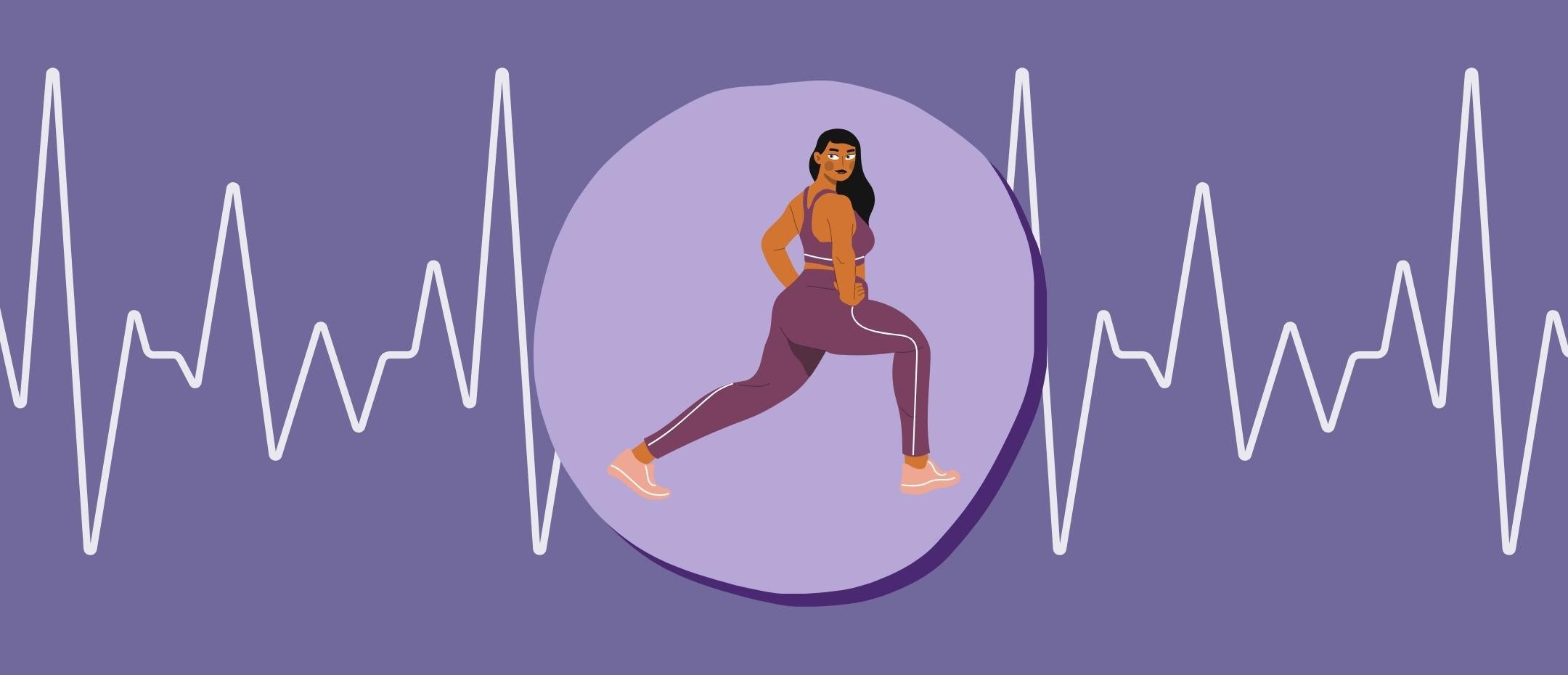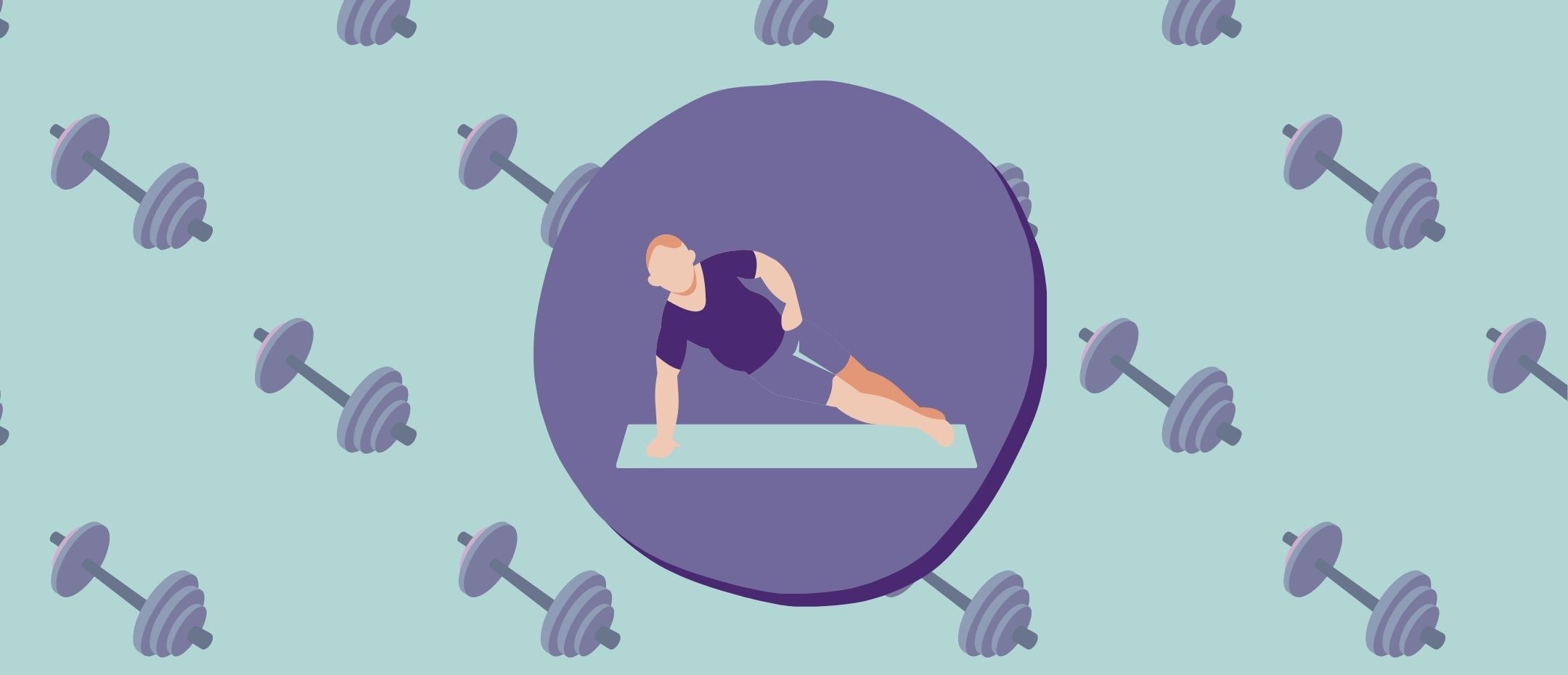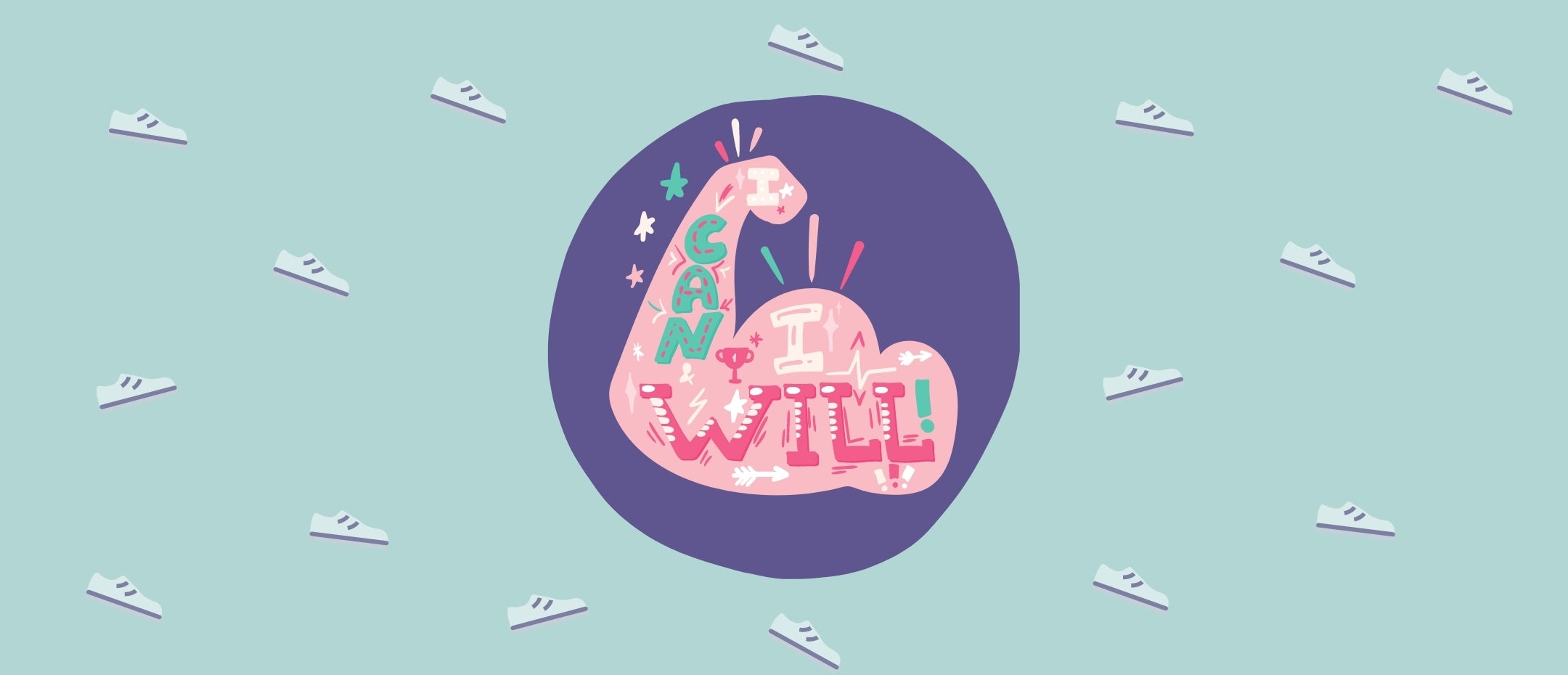Before the running season starts, I can't help but sign up for lots of races: marathons, trail runs, and small regional races. When the subscription period starts, I feel so excited that I want to do all of them. And my optimistic side tells me that "everything is going to be OK".
However, every year I find myself with a very short physical recovery period between two races. For example, last year I remember waking up with heavy legs on Monday morning the day after the Montreal half-marathon (run in 1h26), and realizing that the following weekend I would be doing an 18 km trail race!
I have experienced many situations like this in the last few years. So much so that through trial and error, I finally found a recipe that allows me to optimize my muscle soreness recovery after an intense effort. This way, I can always look forward to the next effort while not being afraid of feeling this muscle soreness for too long.
Here are the 4 phases of my muscle soreness recovery recipe!

1) Phase 1 of Muscle Soreness Recovery: Right After the Effort
As soon as the race is over, I give my body every chance to rebuild itself quickly.
For that, I start with what I prefer: I EAT!
Indeed, my body is weakened and at the end of a race, I know that I have a caloric deficit, even if I eat a lot during the race.
So I have to eat. Ideally, I try to eat within an hour after the end of the effort and to eat healthy food, not processed or not too fatty. That's the ideal, but I sometimes eat not-so-good food, knowing that the most important thing is to ingest a variety of calories, vitamins, minerals, and proteins. I always try to focus on proteins since they are the ones that help rebuild my muscle fibers.
It is also essential to stay hydrated: I drink water in good quantities to help my body eliminate toxins.
And then, I go to bed early in the evening after the race! Too often, I have gone to celebrate or just stayed up late after a sports event... I paid for it the next day! I have noticed that going to bed early and sleeping a lot makes an incredible difference.
The virtues of sleep on mental and muscle soreness recovery after intense activities are no longer to be proven. I have even read that some professional athletes take naps soon after their race to further speed up their muscle soreness recovery.
2) Phase 2 of Muscle Soreness Recovery: The Day After the Race
Even though I managed to go to bed early, eat and drink well, I know I will have pain when I wake up the next morning. That's normal! To speed up recovery after intense activity, you need to let your blood circulate properly through the joints and muscles that have been stressed.
To do this, nothing is better than a little exercise!
It's not the first thing I want to do right after participating in an intense physical activity, but I know that going for a run, a walk or a bike ride will do me a lot of good. In fact, being physically active with new blood irrigates my aching limbs and speeds up the recovery process. I always try to plan hikes in the days following a demanding run.
Once again, I make sure I stay well hydrated and urinate often, keeping in mind that a white pee is a winning pee! Seriously, urine is a good indicator of the level of waste in the body and clear urine (lots of water) is a good sign.
3) Phase 3 of Muscle Soreness Recovery: To Be Done Continuously From the Day After the Effort
There are two little exercises that have proven to be effective in speeding up my muscle soreness recovery after intense activity, and that I like to practice regularly after the effort.
Massaging the Legs’ Muscles and Joints
First of all, I find that quickly massaging my thighs, knees, calves, ankles, and feet gives me an immediate feeling of well-being.
And secondly, the pressure I exert helps the blood circulation and thus accelerates the elimination of toxins. It is also important to hydrate before and after these massage sessions in order to evacuate the said toxins.
Raising My Legs Above My Heart
Most of the time I do 5-10 min sessions, sitting with my back on the floor and my feet horizontally in the air, glued to the wall. By doing this, as with the massage, new blood will be propelled into the legs and thus accelerate muscle soreness recovery.

I like to do this once or twice a day for about 10 minutes (or until I feel tingling in my feet). Then again, you have to drink water after you're done to reap all the positive effects.
4) Phase 4 of Muscle Soreness Recovery: Before the Next Physical Challenge
Yes, we don't always think about it, but the best way to speed up your physical recovery after an intense activity is to be well prepared!
This morning I ran 15 km at a low heart rate and I know that tomorrow I won't have any aches and pains because my body is used to this kind of effort.
If it was my mother who had to run 15 km today, I can assure you that she would be in quite a bad shape the next day!
In short, to set these goals is to be aware that the progression must be slow and give the body time to adapt.
Before my first marathon, I had never run more than 17 km... and although I finished the race, I was in pain for 2 months!
This year, I took part in an 80 km ultra-trail and thanks to the few tips I gave you, 5 days later I was in great shape and I was back to training.
There you go! I hope that these tips will help you accelerate your muscle soreness recovery after intense activity.










